-
 Bitcoin
Bitcoin $96,681.8857
-0.36% -
 Ethereum
Ethereum $1,834.6107
-0.74% -
 Tether USDt
Tether USDt $1.0003
0.01% -
 XRP
XRP $2.2187
-0.24% -
 BNB
BNB $600.1228
-0.45% -
 Solana
Solana $148.9273
-1.27% -
 USDC
USDC $0.9999
0.00% -
 Dogecoin
Dogecoin $0.1816
-1.03% -
 Cardano
Cardano $0.6981
-2.26% -
 TRON
TRON $0.2489
1.77% -
 Sui
Sui $3.4083
-3.32% -
 Chainlink
Chainlink $14.5538
-2.49% -
 Avalanche
Avalanche $21.1537
-3.74% -
 Stellar
Stellar $0.2744
-0.91% -
 UNUS SED LEO
UNUS SED LEO $8.9292
-0.17% -
 Toncoin
Toncoin $3.1704
-2.21% -
 Shiba Inu
Shiba Inu $0.0...01337
-1.72% -
 Hedera
Hedera $0.1852
-1.39% -
 Bitcoin Cash
Bitcoin Cash $369.4893
-0.07% -
 Hyperliquid
Hyperliquid $20.6769
1.72% -
 Litecoin
Litecoin $87.6331
-2.54% -
 Polkadot
Polkadot $4.1296
-2.53% -
 Dai
Dai $0.9999
0.02% -
 Bitget Token
Bitget Token $4.4533
1.26% -
 Monero
Monero $277.5329
1.93% -
 Ethena USDe
Ethena USDe $1.0008
0.03% -
 Pi
Pi $0.5934
-1.12% -
 Pepe
Pepe $0.0...08582
-3.12% -
 Aptos
Aptos $5.4079
-2.58% -
 Uniswap
Uniswap $5.2085
-2.67%
How to trade currency in tp wallet
Connecting Trust Wallet to DeFi platforms like PancakeSwap and Uniswap enables decentralized cryptocurrency trading, offering access to a diverse range of tokens with flexibility and control.
Jan 11, 2025 at 09:49 am
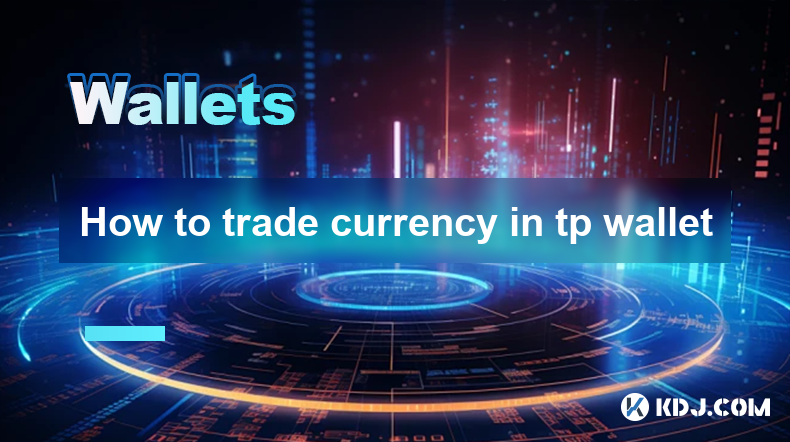
How to Trade Cryptocurrency on Trust Wallet
Key Points:
- Connect your wallet to DeFi platforms: PancakeSwap, Uniswap, 1Inch, and SushiSwap.
- Fund your wallet with funds: Buy cryptocurrency directly through Trust Wallet or transfer existing funds from other exchanges or wallets.
- Find trading pairs and set up orders: Use the exchange interface to search for the trading pair you want and place a buy or sell order.
- Confirm and execute the trade: Review trade details and gas fees, then authorize the swap to complete the transaction.
- Monitor and manage your trades: Track live trading performance, adjust orders if needed, and withdraw funds when necessary.
Step 1: Connect Your Wallet to DeFi Platforms
To trade cryptocurrency on Trust Wallet, you'll first need to connect it to decentralized finance (DeFi) platforms. These platforms host liquidity pools and allow users to swap assets directly, without the need for intermediaries.
- PancakeSwap: The most popular DeFi platform for decentralized cryptocurrency trading. Offers a wide range of trading pairs, particularly for Binance Smart Chain (BSC) tokens.
- Uniswap: A pioneering DeFi platform primarily focused on Ethereum-based tokens. Provides high liquidity and deep order books.
- 1Inch: An aggregator that searches multiple DEXs to find the best rates for your trades. Supports a wide range of tokens and blockchains.
- SushiSwap: Another popular DeFi platform that offers high liquidity and advanced trading features like limit orders and yield farming.
Step 2: Fund Your Wallet with Funds
Before you can start trading, you'll need to fund your Trust Wallet with cryptocurrency. You can do this in two ways:
- Buy cryptocurrency directly through Trust Wallet: You can purchase cryptocurrency directly using a debit or credit card, Apple Pay, or Google Pay. This option is convenient but may come with additional fees.
- Transfer existing funds from other exchanges or wallets: If you have cryptocurrency stored on other exchanges or wallets, you can transfer it to your Trust Wallet using the wallet address.
Step 3: Find Trading Pairs and Set Up Orders
Once your wallet is funded, it's time to find the trading pair you want and place an order.
- Search for the trading pair: Use the search bar on the DEX interface to find the trading pair you want to trade. For example, to trade Bitcoin (BTC) for Ethereum (ETH), you would search for BTC/ETH.
- Set up an order: Choose between placing a market order or a limit order. A market order executes immediately at the current market price, while a limit order allows you to specify the price you're willing to buy or sell at.
Step 4: Confirm and Execute the Trade
- Review trade details and gas fees: Before confirming the trade, carefully review the trade details, including the order type, amount, and estimated gas fees.
- Authorize the swap: If you're satisfied with the details, authorize the swap by tapping the "Confirm" button. This will trigger a confirmation request in your Trust Wallet, which you'll need to approve using your passcode, Face ID, or Touch ID.
Step 5: Monitor and Manage Your Trades
- Track live trading performance: After executing the trade, you can track its performance in real-time on the DEX dashboard or in your Trust Wallet transaction history.
- Adjust orders if needed: If the market conditions change, you can adjust your orders by canceling them and placing new orders at revised prices.
- Withdraw funds when necessary: Once you've closed a trade or have spare funds, you can withdraw them from the DEX to your Trust Wallet for safekeeping or further transactions.
FAQs
Q: What are the benefits of trading cryptocurrency on Trust Wallet?
- Decentralized trading: The DEXs accessed through Trust Wallet are non-custodial, which means that you maintain control over your funds at all times.
- Access to a wide range of cryptocurrencies: DEXs offer a diverse selection of cryptocurrencies to trade, including new and emerging tokens.
- Flexibility and control: You have complete control over your trading strategies and can customize your orders to suit your trading style.
Q: What are the fees associated with trading cryptocurrency on Trust Wallet?
- Gas fees: Most transactions on the blockchain network require gas fees, which vary depending on network congestion and transaction complexity.
- DEX fees: Some DEXs charge trading fees, which typically range from 0.1% to 0.3% of the transaction value.
- Withdrawal fees: There may be a small fee for withdrawing funds from the DEX to your Trust Wallet.
Q: Is it possible to lose money while trading cryptocurrency on Trust Wallet?
- Cryptocurrency market volatility: The cryptocurrency market is highly volatile, and prices can fluctuate rapidly. This means that you could potentially lose money if market conditions move against your trade.
- Trade mistakes: If you make mistakes while trading, such as placing an order at an unfavorable price or not understanding the risks, you could lose money.
- Smart contract vulnerabilities: Rarely, DEXs or underlying smart contracts may experience vulnerabilities that could lead to loss of funds.
Disclaimer:info@kdj.com
The information provided is not trading advice. kdj.com does not assume any responsibility for any investments made based on the information provided in this article. Cryptocurrencies are highly volatile and it is highly recommended that you invest with caution after thorough research!
If you believe that the content used on this website infringes your copyright, please contact us immediately (info@kdj.com) and we will delete it promptly.
- ZachXBT Announces He and Collaborators Have Frozen Some of the Bitcoin Stolen in a Recent $330M Theft
- 2025-05-03 11:15:13
- title: Discussions around the DOGE stimulus checks are growing, but official payments remain unapproved
- 2025-05-03 11:15:13
- Binance Security Team Helps Freeze Roughly $7M of the $330M in Bitcoin Stolen from a US Crypto Holder
- 2025-05-03 11:10:12
- President Trump's venture into crypto products has increased his family's wealth by billions
- 2025-05-03 11:10:12
- Strategy, Previously Known as MicroStrategy, Earned a $5.8 Billion Profit on Its Bitcoin Investments in the First Quarter of 2025
- 2025-05-03 11:05:12
- Dogecoin Cloud Mining Explained
- 2025-05-03 11:05:12
Related knowledge
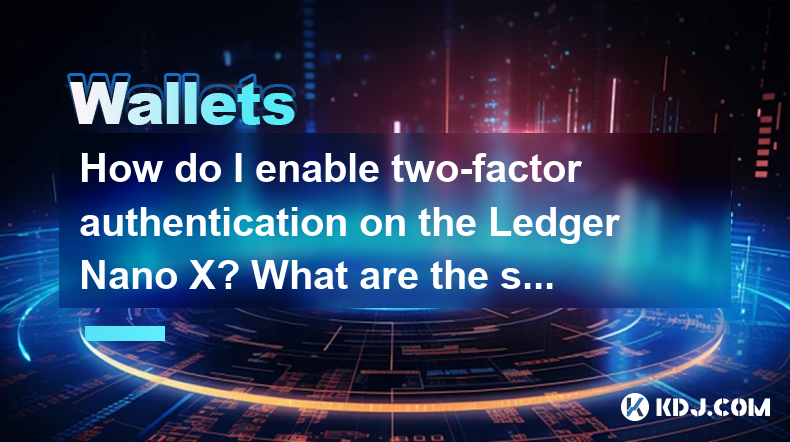
How do I enable two-factor authentication on the Ledger Nano X? What are the security options?
May 02,2025 at 09:49pm
Enabling two-factor authentication (2FA) on your Ledger Nano X is a critical step in securing your cryptocurrency assets. The Ledger Nano X offers robust security options that enhance the protection of your digital wealth. In this article, we will guide you through the process of enabling 2FA on your Ledger Nano X and explore the various security featur...
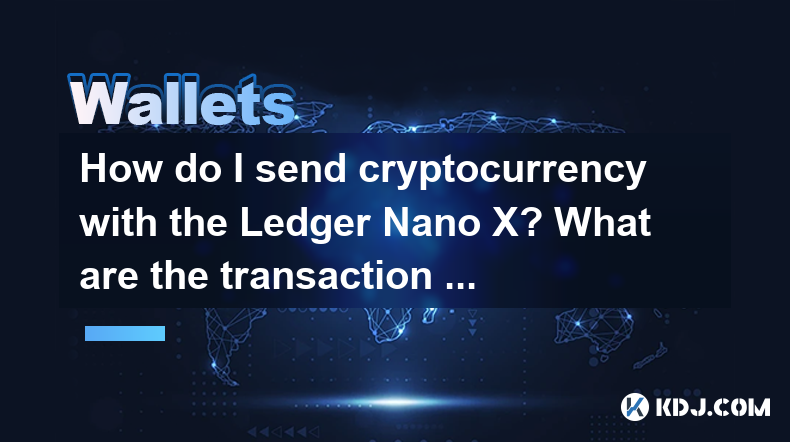
How do I send cryptocurrency with the Ledger Nano X? What are the transaction confirmation steps?
May 03,2025 at 05:01am
Sending cryptocurrency using the Ledger Nano X involves a series of steps that ensure the security and accuracy of your transactions. This process is designed to be user-friendly while maintaining the high level of security that Ledger devices are known for. In this article, we will guide you through the process of sending cryptocurrency with the Ledger...
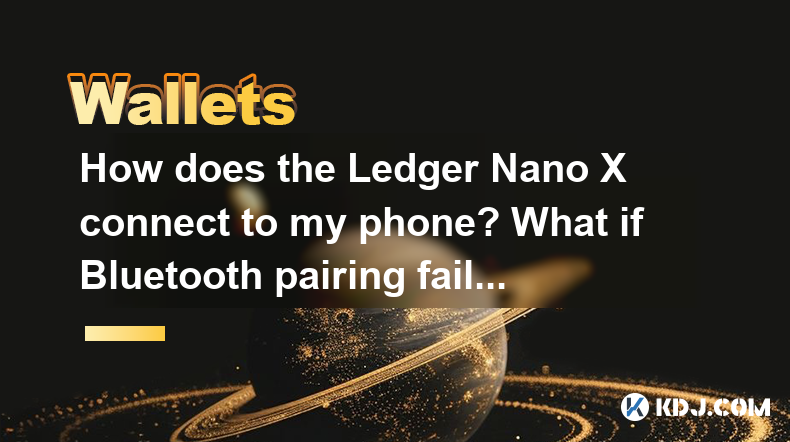
How does the Ledger Nano X connect to my phone? What if Bluetooth pairing fails?
May 02,2025 at 07:07pm
The Ledger Nano X is a popular hardware wallet designed to securely store your cryptocurrency. One of its key features is the ability to connect to your smartphone via Bluetooth, allowing for a seamless and convenient user experience. In this article, we will explore how to connect your Ledger Nano X to your phone and what to do if Bluetooth pairing fai...

How do I update the Ledger Nano X firmware? What if the update fails?
May 02,2025 at 06:00am
Updating the firmware of your Ledger Nano X is an essential process to ensure that your device remains secure and fully functional. The Ledger Nano X is a popular hardware wallet used for storing various cryptocurrencies safely. In this article, we will guide you through the step-by-step process of updating the firmware, and we will also address what to...
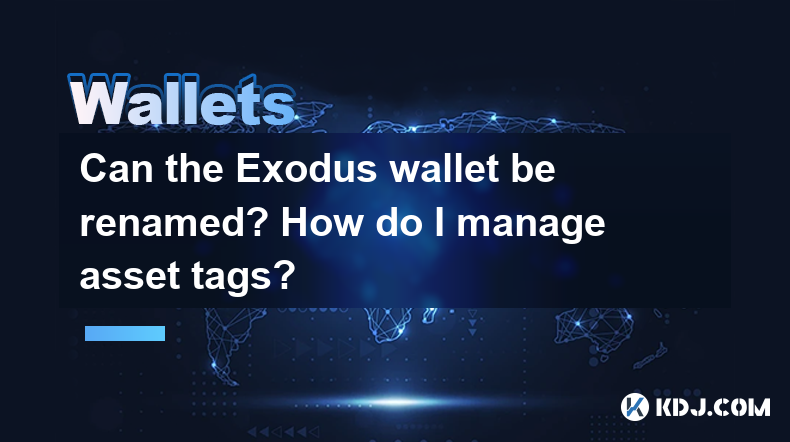
Can the Exodus wallet be renamed? How do I manage asset tags?
May 02,2025 at 11:49pm
Can the Exodus Wallet Be Renamed?Exodus wallet, a popular choice among cryptocurrency enthusiasts, offers a user-friendly interface and robust security features. One of the frequently asked questions by its users is whether the wallet can be renamed. The answer is yes, you can rename your Exodus wallet. This feature allows users to personalize their wal...
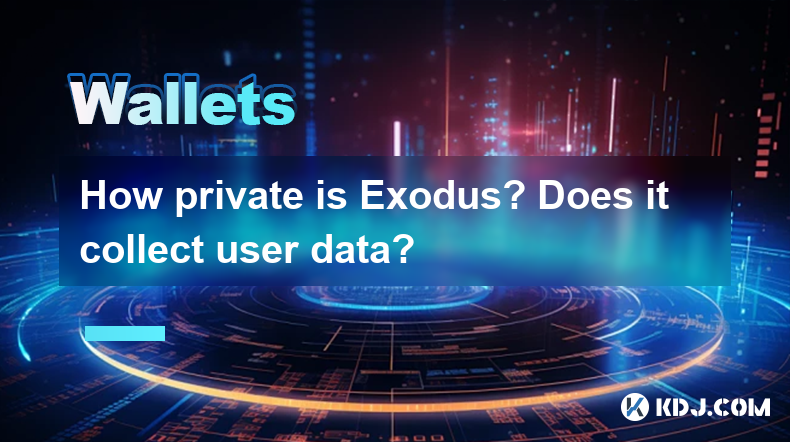
How private is Exodus? Does it collect user data?
May 03,2025 at 01:49am
How Private is Exodus? Does it Collect User Data? Exodus is a popular cryptocurrency wallet that prides itself on its user-friendly interface and robust features. However, when it comes to privacy and data collection, many users are curious about how private Exodus really is and whether it collects user data. In this article, we will delve into the priv...

How do I enable two-factor authentication on the Ledger Nano X? What are the security options?
May 02,2025 at 09:49pm
Enabling two-factor authentication (2FA) on your Ledger Nano X is a critical step in securing your cryptocurrency assets. The Ledger Nano X offers robust security options that enhance the protection of your digital wealth. In this article, we will guide you through the process of enabling 2FA on your Ledger Nano X and explore the various security featur...

How do I send cryptocurrency with the Ledger Nano X? What are the transaction confirmation steps?
May 03,2025 at 05:01am
Sending cryptocurrency using the Ledger Nano X involves a series of steps that ensure the security and accuracy of your transactions. This process is designed to be user-friendly while maintaining the high level of security that Ledger devices are known for. In this article, we will guide you through the process of sending cryptocurrency with the Ledger...

How does the Ledger Nano X connect to my phone? What if Bluetooth pairing fails?
May 02,2025 at 07:07pm
The Ledger Nano X is a popular hardware wallet designed to securely store your cryptocurrency. One of its key features is the ability to connect to your smartphone via Bluetooth, allowing for a seamless and convenient user experience. In this article, we will explore how to connect your Ledger Nano X to your phone and what to do if Bluetooth pairing fai...

How do I update the Ledger Nano X firmware? What if the update fails?
May 02,2025 at 06:00am
Updating the firmware of your Ledger Nano X is an essential process to ensure that your device remains secure and fully functional. The Ledger Nano X is a popular hardware wallet used for storing various cryptocurrencies safely. In this article, we will guide you through the step-by-step process of updating the firmware, and we will also address what to...

Can the Exodus wallet be renamed? How do I manage asset tags?
May 02,2025 at 11:49pm
Can the Exodus Wallet Be Renamed?Exodus wallet, a popular choice among cryptocurrency enthusiasts, offers a user-friendly interface and robust security features. One of the frequently asked questions by its users is whether the wallet can be renamed. The answer is yes, you can rename your Exodus wallet. This feature allows users to personalize their wal...

How private is Exodus? Does it collect user data?
May 03,2025 at 01:49am
How Private is Exodus? Does it Collect User Data? Exodus is a popular cryptocurrency wallet that prides itself on its user-friendly interface and robust features. However, when it comes to privacy and data collection, many users are curious about how private Exodus really is and whether it collects user data. In this article, we will delve into the priv...
See all articles





















































































